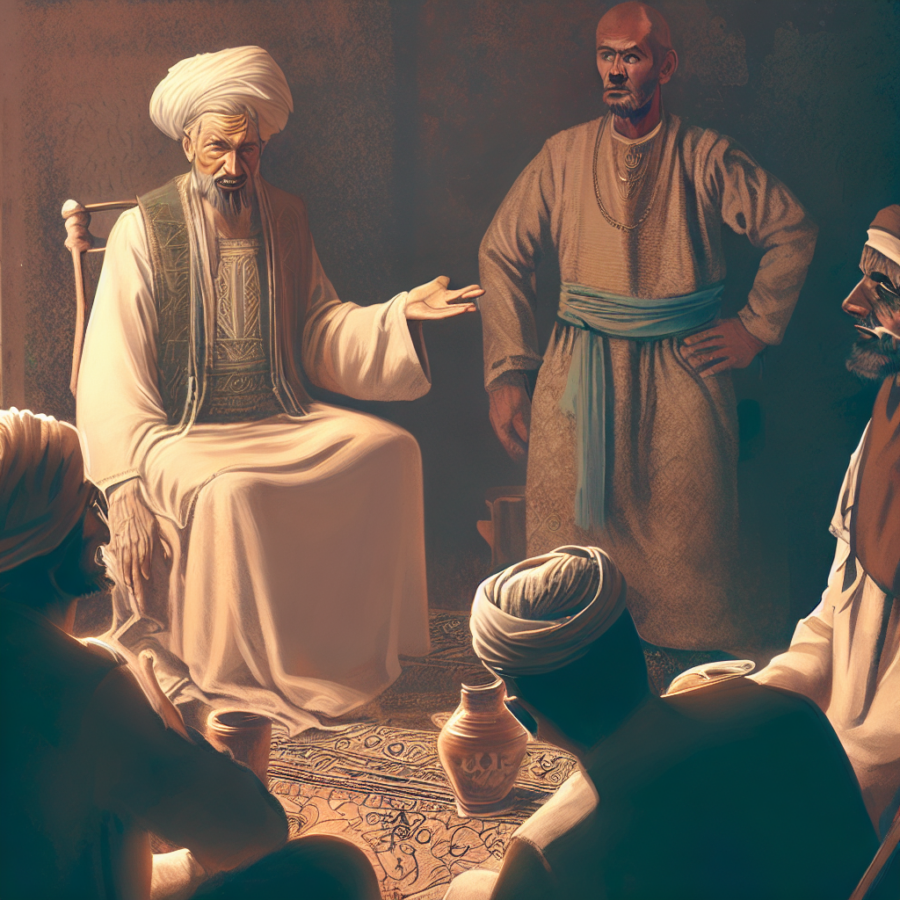The Hijra, or the emigration of Prophet Muhammad (peace be upon him) and his followers from Mecca to Medina in 622 CE, is a pivotal event in Islamic history. It marked the beginning of a new era for the Muslim community, as they established their first state and society based on the teachings of Islam. The Hijra also represents the Prophet’s escape from persecution and his trust in God’s guidance.
But how did the Hijra become the starting point of the Islamic calendar? And who was behind this decision?
 The answer is Umar ibn al-Khattab, the second caliph of Islam and one of the closest companions of the Prophet. Umar was known for his wisdom, justice, and leadership skills. He was also responsible for many reforms and innovations in the Islamic state, such as expanding its borders, establishing a public treasury, and creating a judicial system.
The answer is Umar ibn al-Khattab, the second caliph of Islam and one of the closest companions of the Prophet. Umar was known for his wisdom, justice, and leadership skills. He was also responsible for many reforms and innovations in the Islamic state, such as expanding its borders, establishing a public treasury, and creating a judicial system.
One of his most important contributions was the introduction of the Hijra era (abbreviated as AH, for Latin anno Hegirae, “in the year of the Hijra”) as the basis for an Islamic calendar. Before that, Muslims used different systems to measure time, such as naming years after important events or personalities, or following the lunar calendar of pre-Islamic Arabia, which was adjusted by adding an extra month every few years to keep it in sync with the seasons.
This practice of intercalation, however, was abolished by God in the Quran: “The number of months in the sight of Allah is twelve (in a year)- so ordained by Him the day He created the heavens and the earth; of them four are sacred: that is the straight usage. So wrong not yourselves therein, and fight the Pagans all together as they fight you all together. But know that Allah is with those who restrain themselves.” (9:36)
In the year 639 CE, 17 years after the Hijra, Umar received a complaint from Abu Musa al-Ashari, one of his governors, about a confusion regarding the date of a letter he had sent. Umar realized that there was a need for a uniform and accurate system of dating among Muslims. He consulted with some of the Prophet’s companions and decided to establish a new calendar era based on the Hijra, which was the most significant event in Islamic history at that time.
Umar chose to start the first year AH with the first day of the lunar month of Muharram, which corresponded to July 16, 622 CE on the Julian calendar. He also decided to keep the calendar purely lunar, without any intercalation, even though this meant that it would not be aligned with the solar seasons. He did this to follow the Quranic command and to preserve the sanctity of the four sacred months (Muharram, Rajab, Dhu al-Qi’dah, and Dhu al-Hijjah), during which fighting was forbidden.
The Hijra era was thus adopted by Muslims as their official calendar and has been used ever since to date their religious and civil events. It is a reminder of their faith, history, and identity as followers of Islam.


Leave a Reply